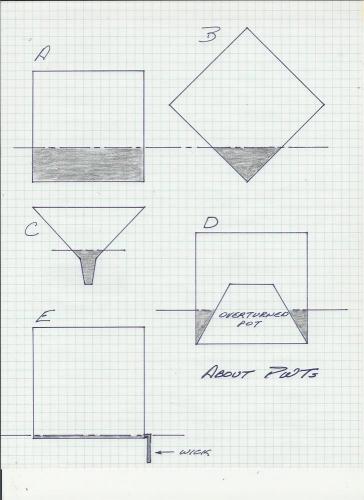Can you confirm that the grow medium you used is actually a potting medium as opposed to garden soil? Reasons: 1) The size of the particles that make up the grow medium is the primary driver of water retention. Garden soil usually has a high % of mineral ingredients, and tends to compact and hold too much water to be used for container growing. Both excess water and compaction limit oxygen supply which decreases Ca uptake. 2) Potting media almost always contains dolomitic lime, which serves to raise pH and supply both Ca and Mg. Media packaged for use in gardens/landscapes would typically not contain dolomitic lime as an additive. FYI, a calcium deficiency can be created by adding magnesium-containing supplements like Epsom salts, even if there is an adequate supply of Ca in the grow medium. These culturally induced deficiencies are called 'antagonistic deficiencies' and occur when an excess of one nutrient limits uptake of one or more other nutrient. Examples: Ca & Mg are antagonists and an excess of one can cause a deficiency of the other. Phosphorous shares antagonistic tendencies with Ca, K, Cu, Fe, Zn.
Since Ca is immobile in the plant, it MUST be in the soil and available for uptake at all times. If the nutrient stream lacks Ca, cells cannot form normally, the most conspicuous symptoms being poorly formed or distorted leaves, holes or tears in leaves, and weak cell walls (and/or areas of tissue that contains the weakened or poorly formed cells) that often produce necrotic areas in/on leaves.
There are a couple of things you can do to reduce water retention during extended periods of drought. Simply tipping the pot to a 45* angle can significantly limit water retention. Compare B to A below:

The pots are full of soil. The shaded area represents (perched) water that defies the force of gravity, refusing to drain from the pot.
Also note how proper use of ballast (D) and a drainage wick inserted through the drain hole (E) work to limit water retention.
Al
